|
|
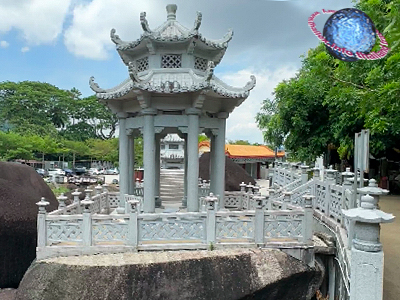 |
|
Kek Lok Si |
|
|
 |
|
Kek Lok Si
is a Buddhist temple,
in the Malaysian state of Penang.
It covers an area of 120,000 square meters and is the largest Buddhist temple in
the country. |
|
The temple is situated on Ayer Itam,
which is referred to as
‘Crane Hill’,
as it is said to resemble a flying crane.
At the foot of the hill is a large pond in a landscaped natural setting. |
|
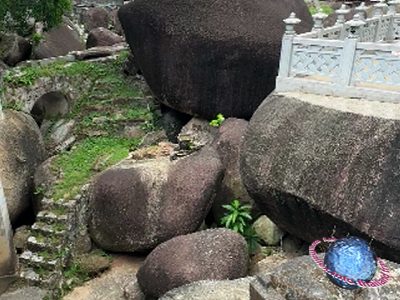 |
|
Kek Lok Si |
|
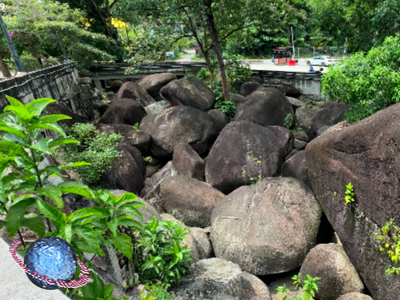 |
|
Kek Lok Si |
|
|
The pond
includes a charming mini cascading waterfall, and is the
home of over 500 turtles, which are described as the
biggest attraction the temple, itself one of Malaysia's
most iconic landmarks. |
|
The pond houses several species of tortoises,
with some growing to an impressive size of up to 67 cm across. |
|
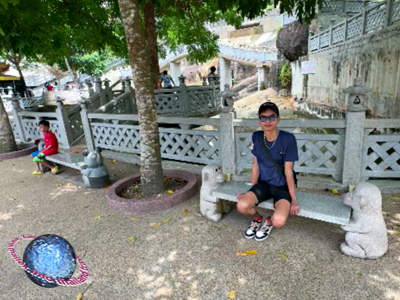 |
|
Kek Lok Si |
|
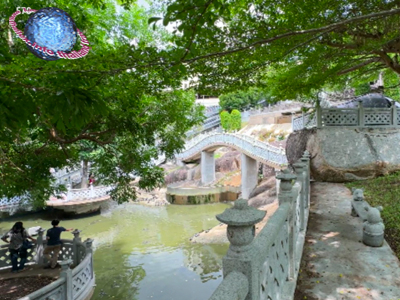 |
|
Kek Lok Si |
|
|
The oldest tortoise is
believed to be over 100 years old, sparking significant
curiosity among visitors from outside Penang. |
|
A network of pathways,
staircases, and balconies allows visitors to walk around
the pond and view the reptiles from various angles. |
|
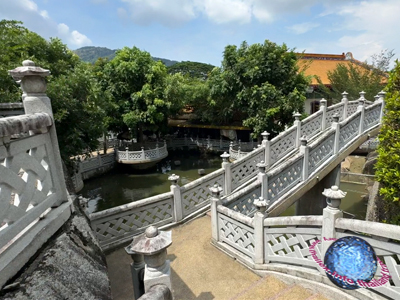 |
|
Kek Lok Si |
|
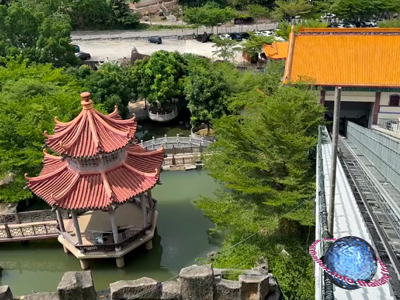 |
|
Kek Lok Si |
|
|
To reach the summit,
visitors have the option to hike, ascend by private
vehicle, or take two cable cars for transportation. |
|
After the first cable car ride,
one arrives at a seven-story
pagoda,
known as the ‘Pagoda
of Ten Thousand Buddhas’,
which was commissioned by the Thai King
Rama VI
and houses 10,000 alabaster and bronze Buddha statues. |
|
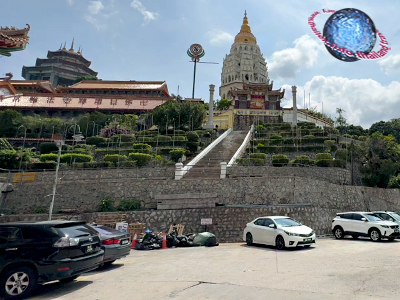 |
|
Kek Lok Si |
|
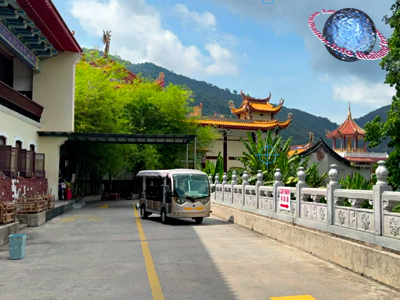 |
|
Kek Lok Si |
|
|
The pagoda
also houses a Buddha statue donated by King
Rama IX
and is also nicknamed
‘Rama
Pagoda’. For the
second leg of the journey by cable car, there is a brief
transfer to the next cable car station via an electric
cart. |





|
|